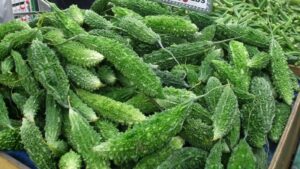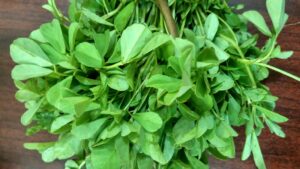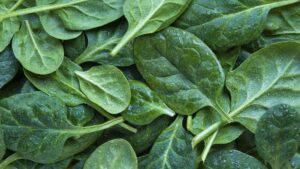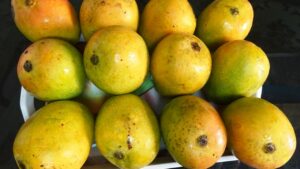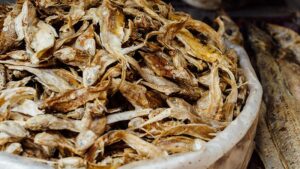In Bengali, there is a famous joke about brinjal – ‘nai gun jar begun’ (something without any merit). However, the fact is, brinjal, like many vegetables, has an amazing nutritional profile.
Personally I feel that the grudge towards brinjal could be due to its ‘soggy’ character and bland taste. Furthermore, brinjals produced and procured in off season cause itching problems in the mouth and that’s why many people keep it away from their plate.
Brinjal is also known as aubergine or eggplant. This enigmatic, ‘so called’ vegetable is actually a berry. The raw brinjal feels and tastes spongy.
This amazing texture allows brinjal to soak up flavours quickly and easily. This is why it is used in an exciting variety of delicious Indian cuisines, from plain fritters to smoky chutneys.
Due to its versatile character, brinjals lend themselves to ‘do as you like’ kind of seasoning – both simple and aggressive.
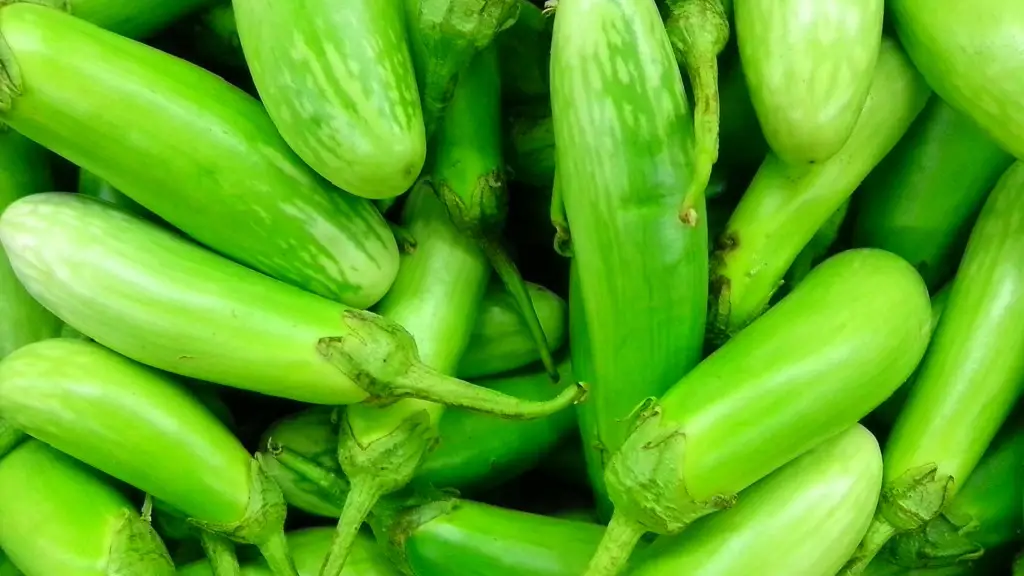
Uses of Brinjal in Bengali & Indian Cuisines
Interestingly, despite being maligned and mocked by many, brinjal is the real queen in Indian cuisine.
The brinjals available from November to February are best in taste. They don’t have seeds and if properly cooked, feel tender and creamy.
Eggplant is used in a variety of preparations. Fried, stewed or baked – whatever way brinjal is used, it tastes truly awesome. If properly cooked, this nightshade is a delicious treat to everyone, from vegans to non-veg crazies.
Fried brinjal is a favourite with most Bongs. Brinjals are cut into thick, round slices and seasoned with salt and turmeric powder before being deep fried. It is served with steamed rice and dal.
Please don’t ask me the taste; I can feel my mouth watering. Sometimes, the round brinjal slices are coated with a thin layer of rice flour for crunchiness and enhanced taste.
Begun pora is a quintessential Bengali dish. Large or medium sized brinjals are smoked, chargrilled and then skinned.
The soft, spongy pulp is then mashed and mixed with chopped onions, green chillies, salt, mustard oil and coriander leaves.
A simple winter delicacy but you can devour a plateful of rice with it! The recipe also goes well with roti.
Begun basanti or begum bahar is a popular, delectable Bengali dish. Brinjals are cut longitudinally into 2-4 pieces.
After being marinated with salt and turmeric powder, they are shallow fried in mustard oil. Next, they are slow cooked in a gravy of curd, poppy and cashew paste.
The tanginess of curd and mild sweetness of cashew paste counterbalance each other whereas poppy paste adds thickness to gravy. ‘Divine’ would be an understatement to describe the taste.
Begun diye palong shak is a light, lip-smacking curry prepared with spinach and small cubes of brinjal. It is an easy-to-cook recipe but truly amazing to taste. This authentic Bengali summer delicacy is loaded with goodness of both spinach and brinjal.
Brinjal with shorshe saag is a plain, popular and pleasant Bengali dish. Small cubes of brinjals are stir fried in mustard oil and cooked with common Indian spices. Sarson leaves are mixed and cooked until they are properly done.
Neem-begun is an old school Bong dish. It is one of the most famed bitter preparations to start a traditional Bong meal with.
In the bygone days, this dish was almost a regular winter starter.
Unfortunately, the urban platter has undergone a massive change to incorporate Mughlai cuisines and continental items and as a result, neem-begun has slowly gone out of favour.
However, with the surprising revival of traditions in food culture, many ‘lost’ recipes are coming back. It’s really good news.
Baingan methi ka bharta is an interesting twist to Bengali begun pora or Punjabi style bharta. Smoked and chargrilled eggplants are mashed, mixed and cooked with different spices.
Sautéed methi leaves add a unique flavour to the dish. A handful of pomegranate sprinkled all over counterbalances the flavour of spices and methi leaves and gives the dish a subtle sweetness.
Let us travel to Goa, one of the most visited coastal regions in India. Vaingana kaap is a traditional Goan recipe. It’s a spicier version of Bengali style fried brinjals with an interesting twist.
Salt, tamarind and other common spices are used to marinate the thick slices of brinjals. They get a thick coating of semolina and are shallow fried. These are best relished with plain rice and daal.
Vankaya fry with peanuts is a popular Andhra dish. This easy and tasty recipe uses brinjal and peanuts, with sambar powder adding a unique spiciness and flavour.
This spicy delicacy is served as a side dish for many south Indian meals.
Podi potta pachhai kathirikai is a traditional south Indian dish. Small pieces of green brinjal are stir fried with spices and finally ‘curry podi’ is sprinkled over the dish.
The brinjals, coated with the spices all over, taste completely out of the world. Serve it hot with rice sambar or phulka.
If you have got tired of monotonous brinjal recipes, bharli vangi is a traditional Maharashtrian delicacy to give a try.
The brinjals are longitudinally split and filled with spicy stuffing before being slow cooked. Heavily coated with spicy gravy, brinjals taste incredibly fantastic. Savour the dish with chapati or roti.
Bhey vangan saag is a traditional Sindhi dish. It is a very popular recipe in both Sindhi wedding and pre-wedding ceremonies.
The ‘health vi, taste vi’ recipe is loaded with the goodness of brinjals, potatoes, spinach and lotus stems.
The dish is a part of a sativic meal that uses no garlic or onion. It can be enjoyed with steamed rice or phulkas.
The typical Mangolorian touch to Vaingana Mashinga Sange Sukhe/Sukka recipe makes the dish a delectable speciality.
Brinjals are stir fried with cashew nuts and then tempered with onion, garlic, curry leaves and mustard seeds. A tempting, tasty brinjal recipe as a side dish with your weekend meal!
Nellor Kathirikai offers an unforgettable taste. The roasted brinjals are simmered with roasted spices and slow cooked in onion-coconut gravy. This delicacy, usually paired with puri or paratha, will leave you wanting for more.
‘Baby brinjals stuffed with coconut peanut filling’ is a delicacy quite similar to bharli vangi in making but pretty different in taste.
The recipe is dry though it looks loaded with gravy. A little oil is used to cook the dish and so, it is a tiffin-friendly choice for your kids who usually hate brinjals.
Vankaya pulusu pachadi is a tangy delicacy. This classic Andhra dish makes a decent and delicious use of brinjals. This brinjal chutney, when paired with steamed rice, makes for a wholesome lunch.
Brinjal mor kuzhambu is a South Indian curry. Brinjals are cooked with tamarind and red chillies.
The combination of spices and tamarind brings a unique flavour to the dish. The comforting dish is best accompanied by steamed rice for your weekday lunch.
Brinjal gets a distinct makeover in Bihari cuisines. Baingan ka chokha sounds a little bit Bihari and their no-fussy style of cooking gives it an impressive look and taste.
The spiced and smoked eggplant is usually served with litti. This traditional dish is frequently cooked in Bihar, Jharkhand and Uttar Pradesh during the winter season.
Khatte baingan – the name is enough to get you drooling. In many Muslim weddings, this particular dish is served with biryani.
The style of preparation, however, varies across the regions. Some recipes use curds whereas others rely on tomatoes for tangy flavour.
Chokh vangun tastes best when cooked the Kashmiri way. The baby eggplants are fried in mustard oil and lazily cooked in spicy, tangy, tamarind gravy.
Fennel seeds powder and dry ginger powder – the two most significant specialities of Kashmiri cuisines are a must-add for the rustic flavour. Enjoy it with phulkas, dal and salad.
Bagara baingan is a Hyderabadi dish prepared with roasted brinjals, peanut, tamarind and sesame seeds.
This scrumptious dish makes for a wholesome delicious meal when served with veg biryani and mixed veg raita. A perfect combination to celebrate any summer festival!
Baingan musallam is a spicy dish with the signature style of Mughlai cooking.
Deep fried brinjals are simmered in spicy, tangy tomato gravy until they are perfectly done. A lot of spices and dollops of cream give it a royal touch and taste.
Is Brinjal Tasty?
Brinjal is soft and spongy. It easily absorbs the flavours of spices and other vegetables used in cooking.
It does have its own mushy taste which is definitely giving you a better idea in dealing with the taste.
Depending on the procedure of cooking the brinjal, you can define its taste.
Questions & Answers:
What Can be Made from Brinjal?
An incredible variety of Indian dishes is made from brinjal or eggplants. I have shared a few of them. Brinjal or eggplant fry, Brinjal or eggplant smash, Brinjal or eggplant curry, Brinjal or eggplant with fish, Brinjal or eggplant sabji etc.
Are Eggplant and Brinjal the Same?
Brinjals and eggplants are often used interchangeably. Eggplants are oval in shape and thus, have got the name. They are fleshy, spongy and used as vegetables. The term ‘brinjal’ is mainly used by Indians and South Asians.
How Do You Know When Brinjal is Cooked?
Brinjals, when properly cooked, look soggy and softer. The outer and inner colour changes and it becomes darker.
What Goes Well with Brinjal?
It depends on the brinjal dish you are cooking. However, most brinjal dishes can be enjoyed with both rice and roti.

